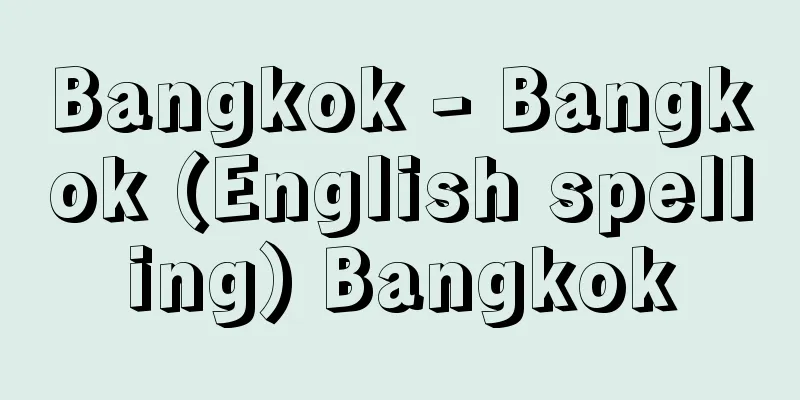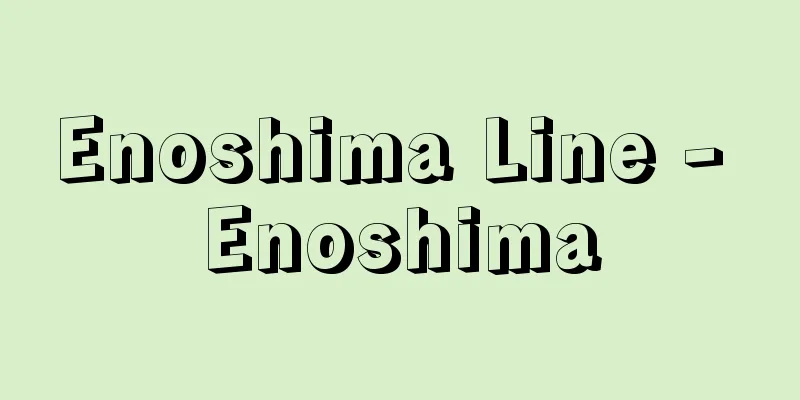Temporary character Okunoyamamichi - Kana spelling Okunoyamamichi

|
A language book from the Edo period. Written by the Japanese classicist Ishizuka Tatsumaro (1764-1823). 3 volumes. Published around 1798. Following on from the "About Temporary Characters" at the beginning of Motoori Norinaga's Kojikiden, this book clarifies, using examples from the Kojiki and Manyoshu, that the ancient Man'yo-gana characters "ki," "ke," and "ko" were written in two different ways depending on the word. It was the beginning of research into the use of special Kana in the ancient period, and was introduced by Hashimoto Shinkichi, who had discovered this fact separately. Source : Heibonsha Encyclopedia About MyPedia Information |
|
江戸時代の語学書。国学者石塚竜麿〔1764-1823〕著。3巻。1798年ごろなる。本居宣長《古事記伝》冒頭の〈仮字の事〉を受けて,上代に用いられた〈き〉〈け〉〈こ〉等の万葉仮名には,語によって2種類の書き分けが見られることを,記紀や万葉集の用例について明らかにした書。上代特殊仮名遣い研究の初めで,別途この事実をつきとめた橋本進吉によって紹介された。
出典 株式会社平凡社百科事典マイペディアについて 情報 |
<<: Historical material on the history of kana spelling and kana fonts
>>: Kana spelling - Kana usage
Recommend
Kim Ji‐ha (English spelling)
1941‐ A Korean poet, his real name is Kim Young-il...
Xanthoma
Histopathologically, xanthomas are characterized ...
Kuzuhara Pasture - Tsunahara Pasture
From the late Heian period to the Middle Ages, thi...
Ahrland, SH (English spelling)
…These discoveries were followed by the discovery...
Es - Es (English spelling) German
A term used in Freud's psychoanalysis to refe...
Cylindrical Cam - Entoukamu
…It is the most widely used type of cam. b is cal...
Heigoro Shoda
Year of death: April 30, 1922 Year of birth: 1 Oct...
Hezawa - Hard
A city in southwestern Shandong Province, China. I...
Lady Shirakawa - Lady Shirakawa
The Imperial Palace of Emperor Shirakawa. It has a...
Arab Summit - Arab Summit
...Furthermore, when the union with Syria collaps...
"The Tale of the Kan'ei Famine"
...1 volume. Other names include "The Tale o...
Gokapichu (Wukapichu) - Wukapichu
…But it is China that is the country where medici...
Postal Newspaper - Postal Newspaper
A newspaper published by the Hochisha in the early...
Toltec culture
The Tolteca culture dominated the central Mexican...
Enkei
The Japanese era name (nengo). It was the era name...









